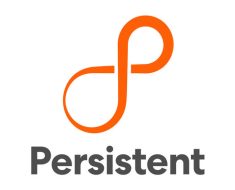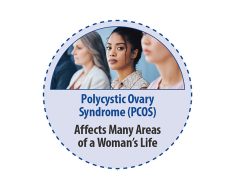
Background:
Diabetic foot ulcers (DFUs) are among the most prevalent and dangerous complications of diabetes. Angiogenesis is pivotal for wound healing; however, its role in the chronic wound healing process in DFU requires further investigation. We aimed to investigate the pathogenic processes of angiogenesis in DFU from a molecular biology standpoint and to offer insightful information about DFU prevention and therapy.
Methods:
Differential gene and weighted gene co-expression network analyses (WGCNA) were employed to screen for genes related to DFU using the downloaded and collated GSES147890 datasets. With the goal of identifying hub genes, an interaction among proteins (PPI) network was constructed, and enrichment analysis was carried out. Utilizing a variety of machine learning techniques, including Boruta, Support Vector Machine Recursive Feature Elimination (SVM-RFE), and Least Absolute Shrinkage and Selection Operator (LASSO), we were able to determine which hub genes most strongly correspond to DFU. This allowed us to create an ideally suited DFU forecasting model that was validated via an external dataset. Finally, by merging 36 angiogenesis-related genes (ARGs) and machine learning models, we identified the genes involved in DFU-related angiogenesis.
Results:
By merging 260 genes located in the green module and 59 differentially expressed genes (DEGs), 35 candidate genes highly associated with DFU were found for more investigation. 35 candidate genes were enriched in epidermal growth factor receptor binding, nuclear division regulation, fluid shear stress, atherosclerosis, and negative regulation of chromosomal structure for the enrichment study. Fifteen hub genes were found with the aid of the CytoHubba plug. The LASSO method scored better in terms of prediction performance (GSE134341) (LASSO:0.89, SVM:0.65, Boruta:0.66) based on the validation of the external datasets. We identified thrombomodulin (THBD) as a key target gene that potentially regulates angiogenesis during DFU development. Based on the external validation dataset (GSE80178 and GSE29221), receiver operating characteristic (ROC) curves with higher efficiency were generated to confirm the potential of THBD as a biomarker of angiogenesis in DFU. Furthermore supporting this finding were the results of Western blot and real-time quantitative polymerase chain reaction (RT-qPCR), which showed decreased THBD expression in human umbilical vein endothelial cells (HUVECs) cultivated under high glucose.
Conclusions:
The findings implicate that THBD may influence DFU progression as a potential target for regulating angiogenesis, providing a valuable direction for future studies.
Keywords:
Angiogenesis; DEGs; DFU; Machine learning; WGCNA.
![08] Data Encoding In Machine Learning: Different Data Encodings: OneHotEncoding()…](https://aigumbo.com/wp-content/themes/sociallyviral/images/nothumb-sociallyviral_related.png)


